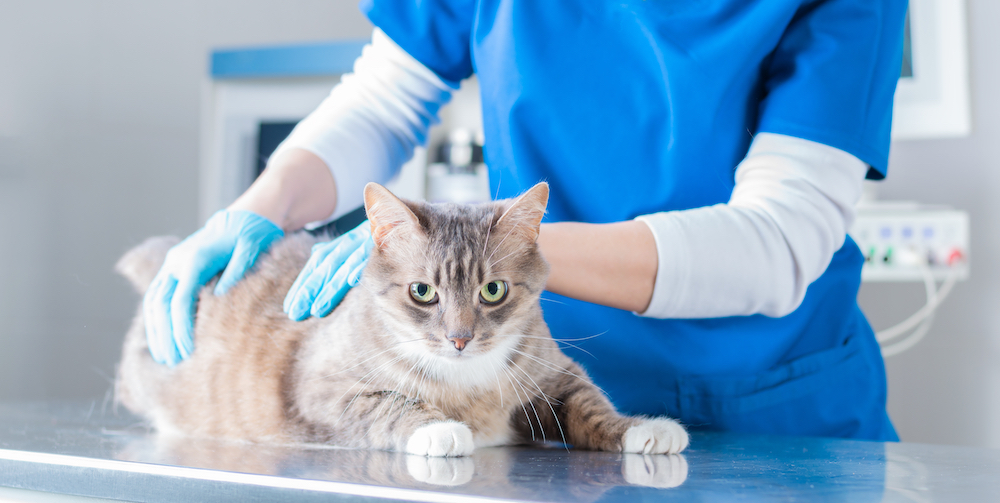
Perineal Urethrostomy surgery, also known as PU surgery for short, is a surgery that is most often performed on male animals and is used to remove a urinary obstruction.
Unfortunately, there is a unique difference in urinary tract anatomy between male and female animals which means that obstructions are much more likely to occur in males. This happens because the male urethra is much longer, and it narrows as it enters the penis. Any obstructions in the male urethra can result in severe pain, as well as being potentially life-threatening. This means that any urinary obstructions need to be dealt with as a matter of urgency and you should speak to your veterinarian immediately.
What are the Signs of a Urinary Blockage in Pets?
If your pet has any of the following symptoms, they may have a blockage in their urethra, and you should seek immediate medical assistance from your veterinarian. If it is outside of normal business hours don’t wait for your usual veterinary office to reopen, instead, contact your nearest emergency pet service.
Straining to urinate
Frequent, small urinations
Blood in their urine
Not passing urine for more than 12 hours
Obvious pain or distress
Your vet may need to perform an ultrasound to make a diagnosis of a blockage before treatment commences.
Causes of Urethral Blockages
Some of the things that can cause an obstruction in the urethra include:
Bladder stones
Blood clots
Scarring
Mucus
Tumors
What is Involved in Perineal Urethrostomy Surgery?
PU surgery is a fairly straightforward procedure that removes the narrowest part of the urethra, which is the tube that transports urine from the bladder to the exterior of the body. The main difference between perineal urethrostomy and scrotal urethrostomy is the location where the opening in the urethra is made. As the name of this procedure suggests, in PU surgery, the incision is made in the perineal area which is the space that falls between the rectum and scrotum in males and the rectum and vagina in females. PU surgery is usually performed on male cats, while scrotal urethrostomy is more often performed in male dogs.
PU surgery is usually performed under general anesthetic and takes less than two hours. It is considered to be very safe, and the overall risk involved for a healthy patient is low. Most animals will need to be kept calm, quiet, and comfortable for up to 10 days following their procedure to help kickstart the healing process and minimize risk of complications. Your vet will give you very specific aftercare instructions to help your pet recover.
If you would like more information about perineal urethrostomy surgery, or if you have concerns about your pet’s urinary function, please contact our dedicated veterinary team at Shore Pet Surgery in Laurel and Grasonville, Maryland at 301-483-7080 or 410-827-6464, respectively.





